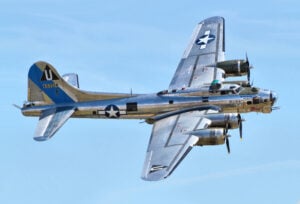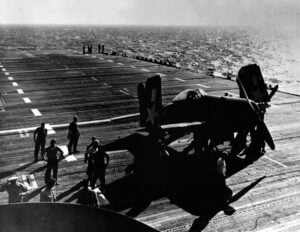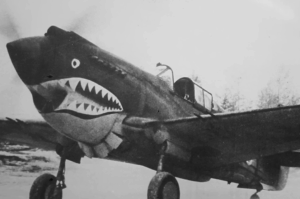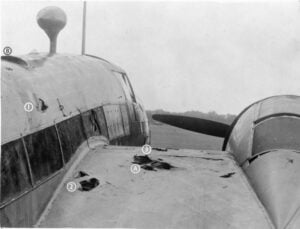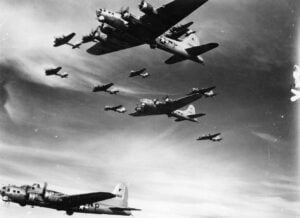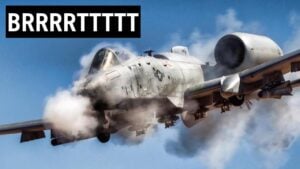Watch the Lost P-38 Lightning Found Beneath the Waves off France’s Southern Coast
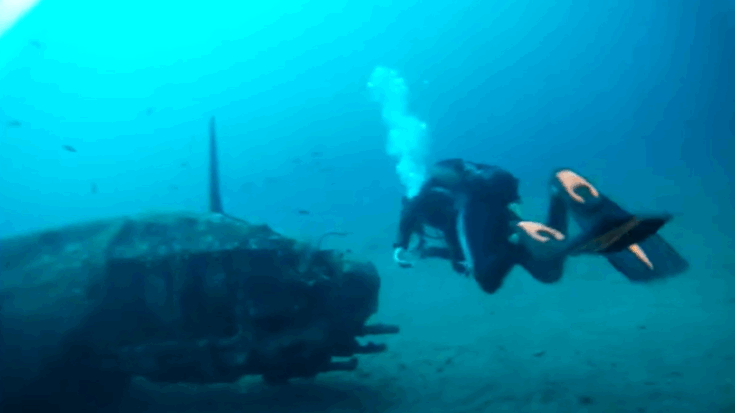
Stephane Camberlin / YouTube
The Wreck and Its Discovery
Off the southern coast of France, near La Ciotat, divers discovered a P-38 Lightning wreck submerged in deep water. It lies at about forty meters depth beneath the waves and sands of the Mediterranean. This aircraft is not just any fighter — it is one tied to a dramatic air mission on January 27, 1944, when Allied P-38s escorted B-17 bombers during World War II. The target was the Salon-de-Provence airfield in German-occupied territory.
The P-38 flown by Second Lieutenant James G. Riley Jr., of the 15th Air Force, 14th Fighter Group, was shot down during that mission. His aircraft serial number 43-2543 was only identified years later by divers and researchers who examined wreck parts including a tail boom, a landing gear, and fragments of aluminum. Mrs. Riley, his widow, visited the site in 2003 after documentation confirmed the identity.
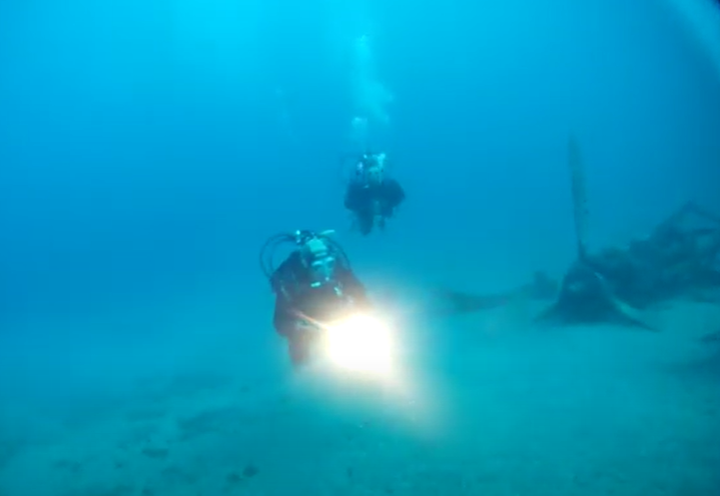
The Other P-38 and How It Sits Underwater
Close by, only a few nautical miles away, lies another P-38 wreck, also associated with that same operation. Piloted by Second Lieutenant Harry H. Greenup, his plane was hit by anti-aircraft fire but managed to land—barely—on the sea. It sank in water three miles from Riley’s aircraft’s resting spot. Greenup survived, was captured, and later released after the war.
The wreck of Greenup’s P-38 lies upside down on the sea bottom. One engine is still attached, the other lies nearby. The fuselage and cockpit remain relatively intact though corroded and obscured by sand. Fish and marine life now roam the structure. The visibility at this depth is moderate, allowing divers enough view to appreciate the shape even though much of the wreck has deteriorated.
Why It Matters
These wrecks are more than sunken planes — they are physical reminders of airmen who flew into danger and never returned. Riley’s P-38 was downed by a combination of flak and German fighters during one of the heaviest encounters of that mission. Identifying these wrecks gives families and historians closure, and adds detail to how the air war over southern France was fought.
Divers also use these sites to study corrosion over time, the way parts survive undersea, and how wreck locations shift with currents and storms. For many, exploring the P-38 wrecks is a way to honor the bravery of those who flew Cold War-era aircraft, to keep alive the stories of young pilots like Riley and Greenup.
Keep going for the video below:














